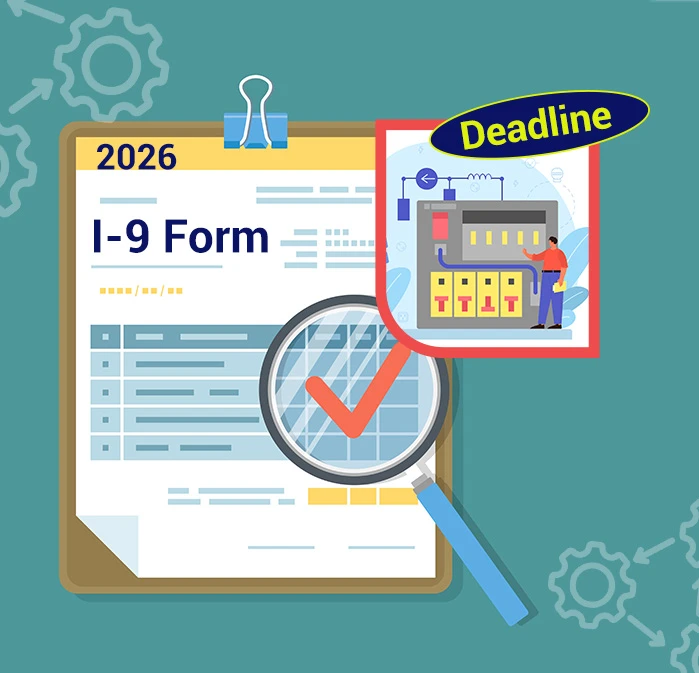A new I-9 Form is in the works! The still confusing HR onboarding document used to record employment eligibility verification, as required by the federal government, is slated to undergo a significant structural overhaul by the time the current form expires on October 31, 2022. Although the I-9 form is a 2-page document, there is a 15-page instruction page and over 70 pages in a manual to complete the form. The plan to streamline the I-9 form and make it less cumbersome includes the following proposed changes:
- Compressing Sections 1 and 2 from two pages to one page to reduce paper use.
- Moving Section 3 to a separate Reverification and Rehire Supplement, making it “a stand-alone section, which only is accessed if needed.”
- Updating the List of Acceptable Documents to include a link to List C documents (on the U.S. Citizenship and Immigration Services website) issued by DHS. Some List C documents were unlisted, so this will be a helpful resource.
- Reducing and simplifying the form’s instructions from 15 pages to 7 pages.
- Removing electronic PDF enhancements to ensure that the form can be completed on all electronic devices. “Problems that some users may have had due to software issues may be reduced.”
The Department of Homeland Security (DHS) once again is extending its flexibility regarding the physical presence requirements for I-9 inspection for until October 31, 2022, due to the ongoing precautions related to the COVID-19 pandemic. The DHS has extended the I-9 Remote Option.
This also extends the requirements that employers who use this process need to put in place. For example: Eligible employers may continue to inspect Section 2 documents remotely (e.g., over video… fax, or email)! But must still reverify the physical documents when normal operations resume! Employers must provide written documentation of their remote onboarding and telework policy for each covered employee. While this flexibility is helpful to employers, it only impacts remote employees. These employers must understand that they are still required to reverify documents for those remote employees when normal operations resume.








